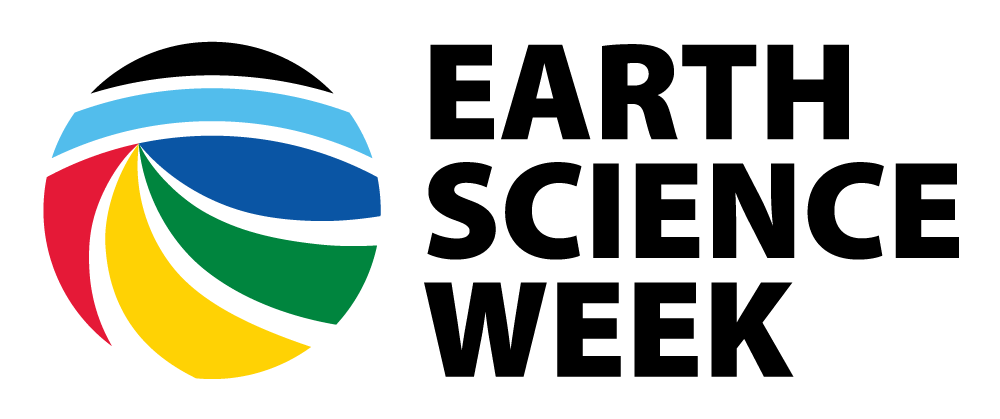Where Growth Meets Growth
Where Growth Meets Growth Activity Source: DiscoverySchool.com
Credit: Susan Hurstcalderone, science and resource teacher, Blessed Sacrament School, Washington, D.C.
Objective To identify fire risk factors for a property located near a wildland area.
Materials copy of Where Growth Meets Growth student handout colored pencils Procedure One of the issues surrounding wildland fires involves areas where uncontrolled urban growth meets uncontrolled vegetative growth. People who live in these areas should take extra precautions to limit the effects of any nearby wildland fire that might occur.
[Read More]
